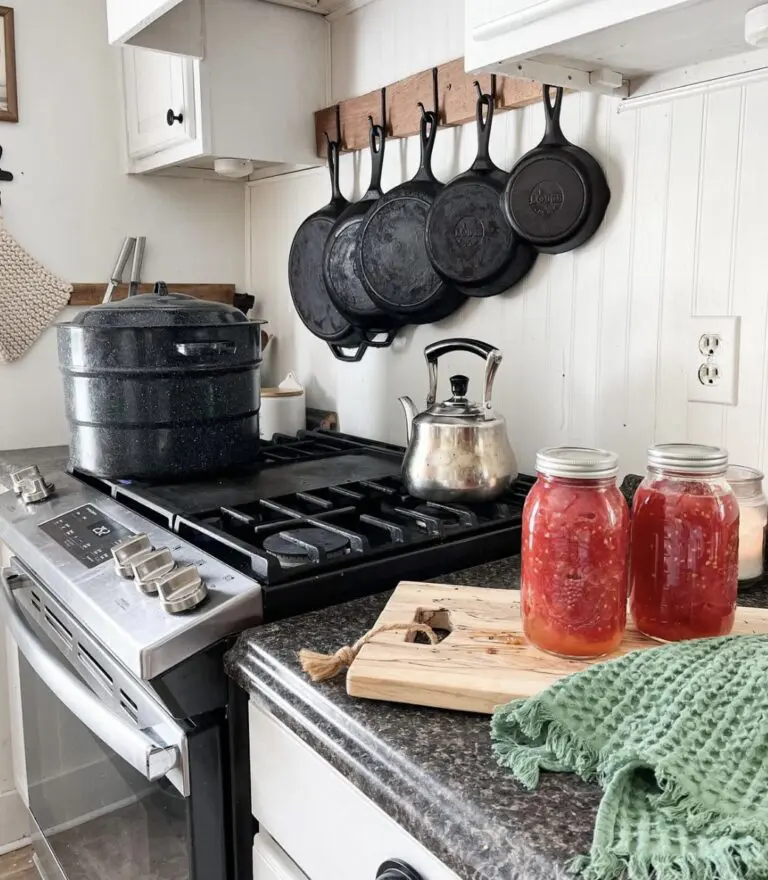Why Chickens Molt and How to Help!
Understanding Why Chickens Molt: What It Means and How to Help Your Flock Through It

You wake up early, take a sip of coffee, and head to the chicken coop to begin morning chores. You’re eager to greet your girls and collect eggs. Upon entering the coop, you are greeted by what appears to be a ruptured feather pillow. Panic strikes. Did something attack the flock while you slept? Are the girls sick? Don’t be alarmed, it’s probably the natural process of molting. Today, let’s explore why chickens molt, and how you can help them through the process.
Raising chickens can be a rewarding experience, but it comes with its challenges. One of those challenges is understanding why chickens molt. If you’ve noticed your chickens looking a little scraggly and losing feathers, don’t panic—they’re likely going through a molt. Molting is a natural and essential part of a chicken’s life cycle.
In this blog post, we’ll explore what molting is, why chickens molt, and how you can support your flock during this critical time.
What is Molting?
Molting is the process where chickens shed their old feathers and grow new ones. Just like how a snake sheds its skin, chickens lose their feathers to make way for fresh, new plumage. This process typically occurs annually and can last anywhere from a few weeks to several months, depending on the individual chicken and breed.
During a molt, chickens may look patchy, scruffy, or even downright bedraggled. Some may lose only a few feathers at a time, while others might appear almost bald. The molting process usually begins with the head and neck feathers, moving down the body toward the tail.
Why Do Chickens Molt?
Molting serves several important purposes in a chicken’s life:
- Feather Renewal: Over time, feathers become worn out due to exposure to the elements, dust, and physical activity. Molting allows chickens to replace their old feathers with new, more efficient ones, ensuring they maintain good insulation and protection.
- Seasonal Adaptation: Chickens typically molt in late summer or early fall, which coincides with the shortening of daylight hours. This timing allows them to grow a thicker, warmer coat of feathers in preparation for the colder winter months.
- Rest and Recovery: During molting, a chicken’s body redirects its energy from egg production to feather growth. This is why you may notice a significant decrease or complete halt in egg laying during this period. Molting gives chickens a much-needed break from the constant demands of egg production.
- Health Check: Molting can act as a reset for chickens, shedding parasites like mites and lice that may have been living in their old feathers. This renewal process helps maintain the overall health of the flock.

How to Help Your Chickens Through Molting
Molting can be a stressful time for chickens, and they’ll need some extra care and attention to get through it. Here’s how you can help your flock:
- Increase Protein Intake: Feathers are made of keratin, a protein, so your chickens will need a diet rich in protein to support feather growth. You can switch to a higher protein feed during this time or supplement their diet with protein-rich treats like scrambled eggs, mealworms, sunflower seeds, and fish meal.
- Minimize Stress: Chickens are more vulnerable during molting because their bodies are working hard to grow new feathers. Try to minimize stress by avoiding changes to their environment, handling them gently, and keeping them separated from overly aggressive flock mates if necessary.
- Provide Extra Warmth: As chickens lose feathers, they might become more sensitive to cold. Ensure their coop is well-insulated, and consider adding a heat lamp if temperatures drop significantly, especially at night. I will say, I have never added additional heat sources for our animals, but I know several who live in climates that are prone to drastic temperature changes. I’d be more inclined to offer additional heat if this was the case.
- Maintain a Clean Environment: Molting chickens are more susceptible to infections, so keep the coop clean and dry. Regularly remove old feathers, droppings, and debris to reduce the risk of disease and parasite infestations.
- Observe and Support: Keep a close eye on your flock during molting. While molting is normal, it can sometimes indicate underlying health issues if it’s severe or prolonged. If you notice any signs of illness, such as lethargy, weight loss, or unusual behavior, consult a veterinarian.
- Patience and Understanding: Molting can take a toll on your flock, so be patient and understanding during this time. Avoid handling them too much, as their skin can be sensitive and sore. Understand that egg production will slow down or stop completely, but it’s only temporary.
Molting is a natural and essential process for chickens…
Molting is a natural and essential process for chickens, allowing them to renew their feathers and maintain their overall health. While it can be a stressful time for both the chickens and their keepers, with the right care and attention, your flock will come through molting stronger and healthier. By providing a high-protein diet, minimizing stress, and ensuring a clean and warm environment, you’ll help your chickens sail through this process and emerge with beautiful, new plumage, ready to face the seasons ahead.
Remember, molting is just one part of a chicken’s life cycle. Understanding and supporting your flock through this time will not only improve their well-being but also strengthen the bond you share with your feathered friends.

Here’s an image to pin for later…







